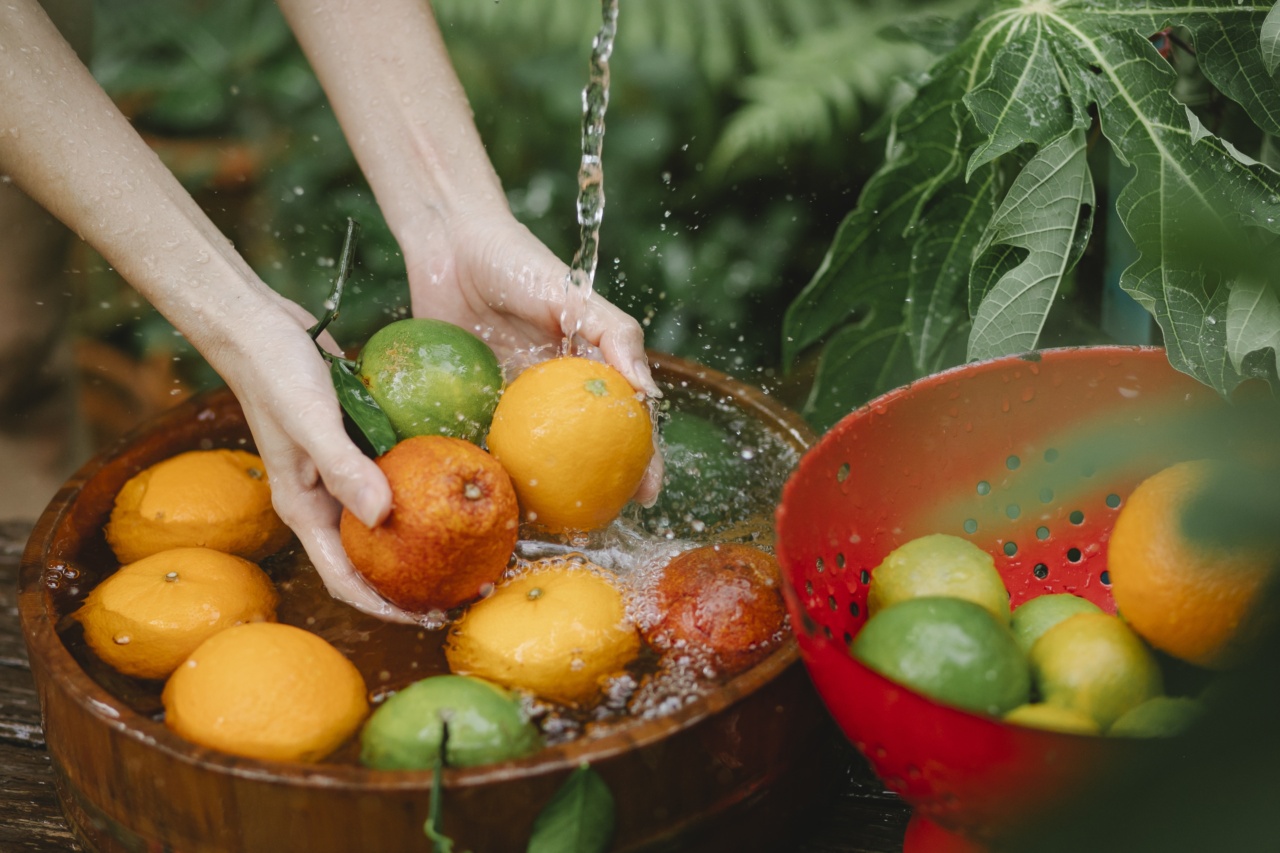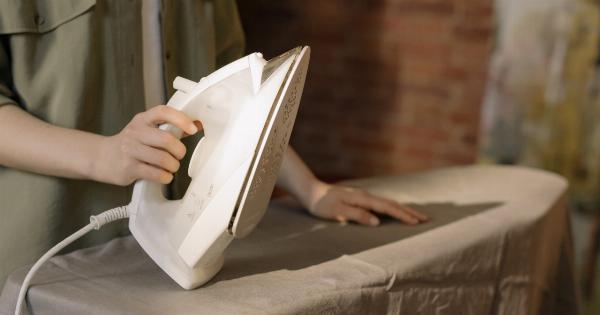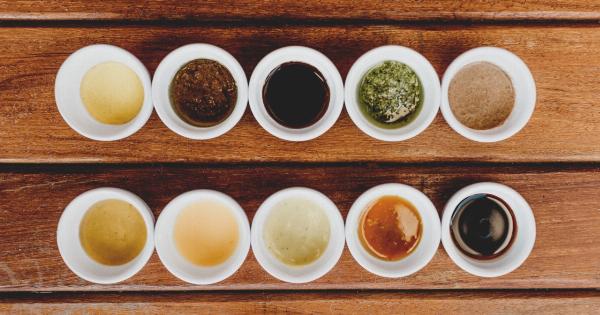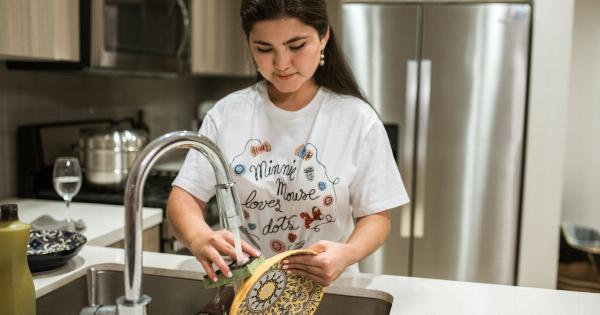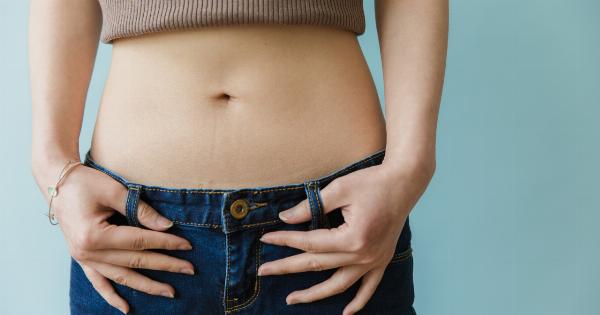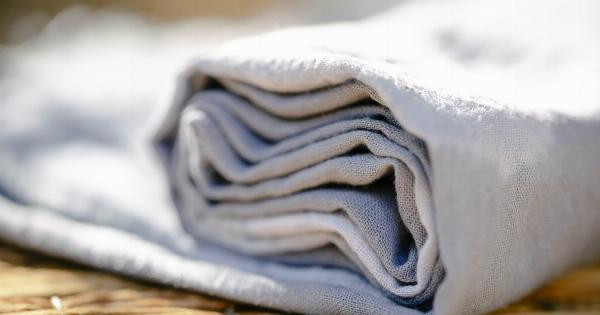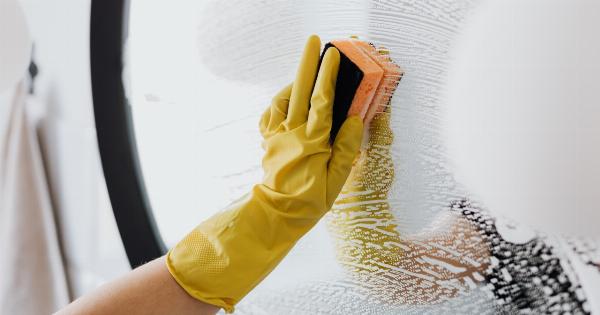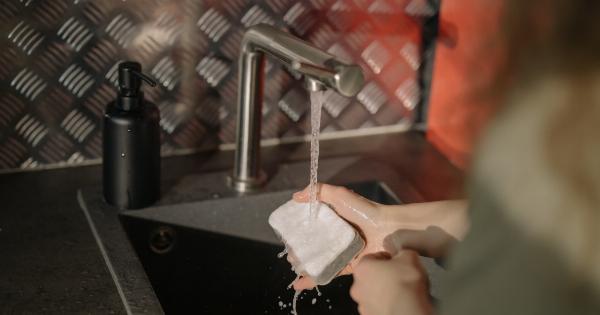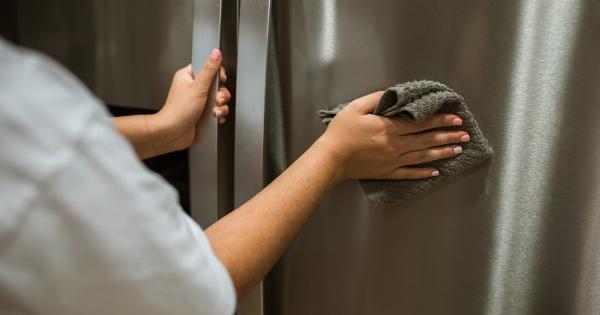Fruits are a great source of nutrients and vitamins, but they can also pose a risk if not properly cleaned. Fruits can harbor bacteria, viruses, pesticides, and other harmful substances that can make you sick if ingested.
Therefore, it’s important to clean your fruit before consumption to remove any potential contaminants and ensure your health and safety.
Washing Fruits
Washing is the most common method of cleaning fruits. Here is a step-by-step guide on how to properly wash your fruits:.
Step 1: Start with clean hands
Before handling any fruit, make sure your hands are clean. Wash them thoroughly with soap and warm water for at least 20 seconds. This will help prevent the transfer of any bacteria or germs from your hands to the fruit.
Step 2: Rinse the fruit
Rinse the fruit under cool running water. This will help remove any dirt, debris, or surface bacteria. Be sure to handle the fruit gently to prevent any damage.
Avoid using hot water as it can damage the fruit and may not be effective in removing contaminants.
Step 3: Scrub the fruit
For firmer fruits like apples or melons, you can use a vegetable brush to scrub the surface of the fruit. This will help remove any stubborn dirt or residue. Be sure to rinse the fruit again after scrubbing.
Step 4: Dry the fruit
Gently pat the fruit dry with a clean towel or paper towel. Avoid rubbing the fruit as this can damage the skin. Drying the fruit will help remove any remaining bacteria or moisture that can cause the fruit to spoil faster.
Soaking Fruits
Soaking is another method of cleaning fruit that can be used for softer fruits like berries and grapes. Here’s how to do it:.
Step 1: Start with clean hands
As with washing fruits, it’s important to start with clean hands to prevent the transfer of bacteria or germs.
Step 2: Soak the fruit
Place the fruit in a large bowl and cover it with cool water. Add a tablespoon of vinegar or lemon juice to the water to help kill any bacteria. Let the fruit soak for 10-15 minutes.
This will help remove any dirt, debris, or pesticides that may be on the fruit.
Step 3: Rinse the fruit
After the fruit has soaked, drain the water and rinse the fruit under cool running water. This will help remove any remaining residue and ensure your fruit is clean and safe to eat.
Step 4: Dry the fruit
Gently pat the fruit dry with a towel or paper towel. Try to avoid leaving the fruit wet for too long as this can cause it to spoil faster.
When Not to Wash Fruits
While it’s important to clean most fruits, there are some exceptions. Here are a few examples:.
Berries
Berries are delicate and can easily become damaged when washed. To avoid this, wait to wash berries until just before eating them. Simply rinse them under cool running water before consuming.
Melons
Melons can be washed before cutting, but it’s important to make sure the outside is dry before cutting. Otherwise, bacteria can transfer from the skin to the inside of the fruit.
Citrus fruits
Citrus fruits like oranges and grapefruits have a protective layer that prevents bacteria from getting inside. Simply rinse them under cool water before peeling.
Conclusion: Keep Your Fruit Clean and Safe
Properly cleaning your fruit is an important step in ensuring your health and safety. Whether you choose to wash or soak your fruit, always start with clean hands and exercise caution when handling delicate fruits.
By following these simple steps, you can enjoy the benefits of fresh, nutritious fruit without worrying about any potential health risks.
